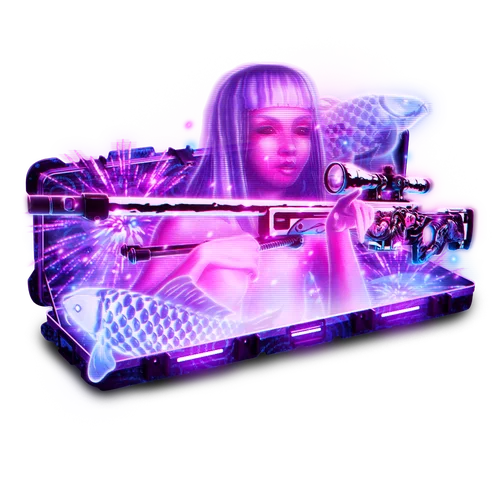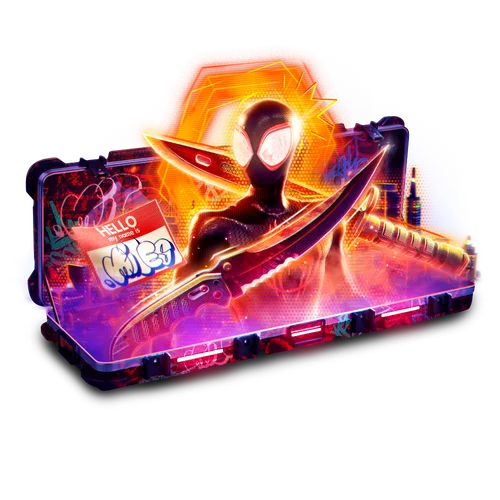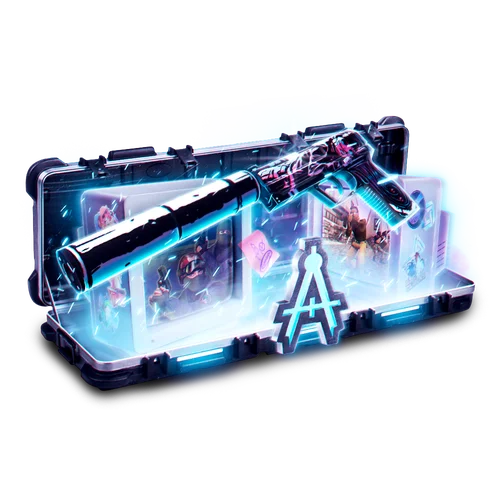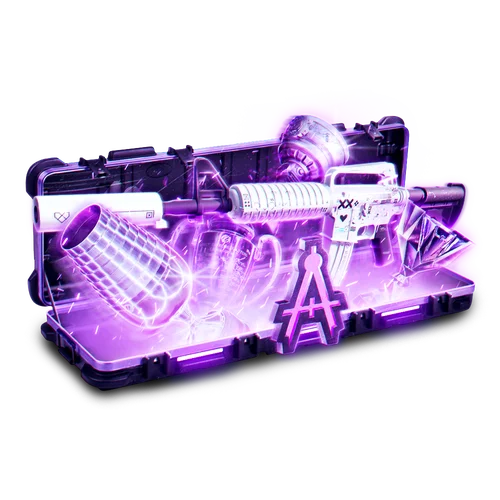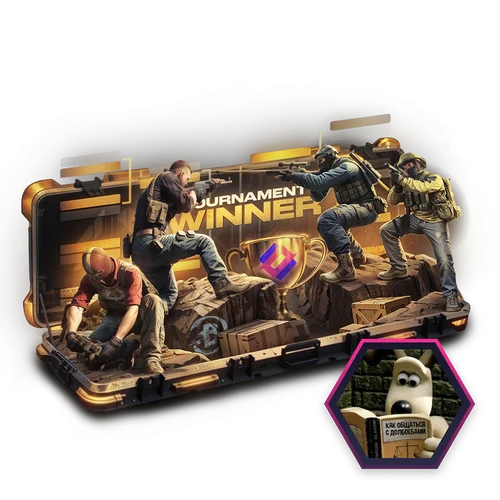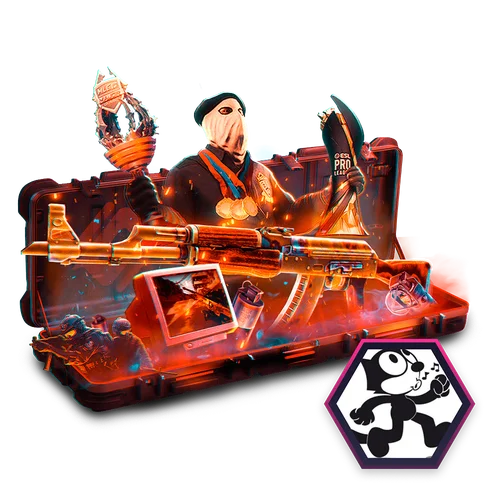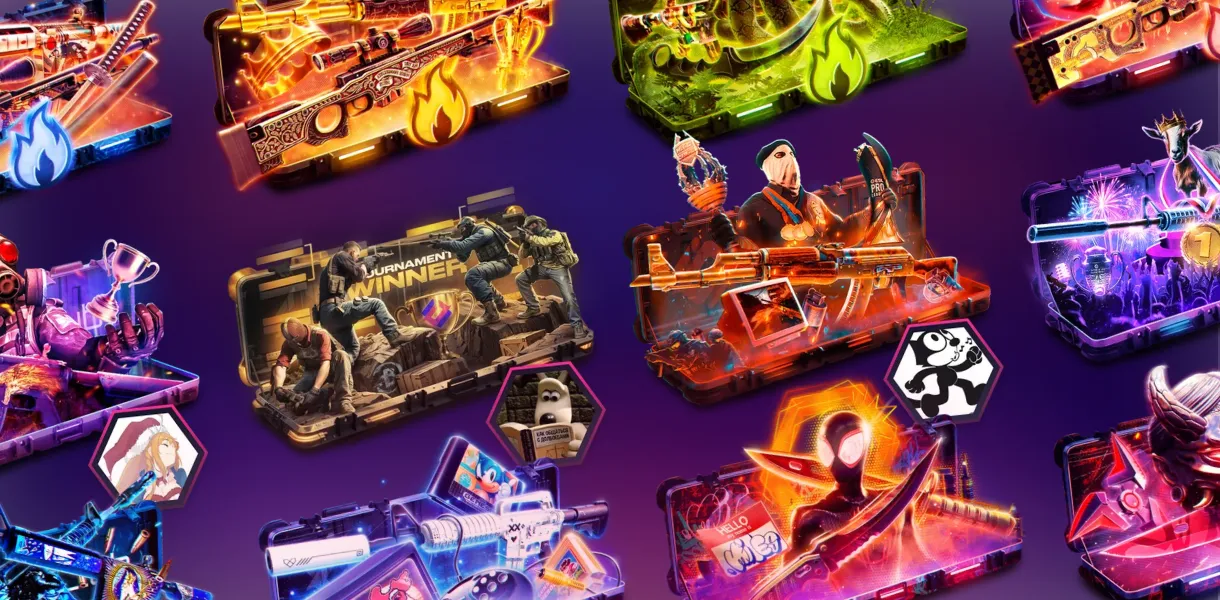Counter-Strike 2 has brought Train back into the spotlight with major changes to its layout and mechanics. It retains the classic bomb defusal format, where Terrorists attempt to plant explosives near critical assets while Counter-Terrorists strive to thwart them. Though inspired by older iterations of Train, this new version demands updated communication strategies and fresh perspectives on map control. Our comprehensive guide to Train CS2 callouts helps players coordinate like never before, offering precise information for each critical zone on the map. We will explore every corner, corridor, and vantage point, ensuring that squads can maximize their tactics and secure multiple victories.
Why Train CS2 Callouts Matter
We understand that effective communication can make or break a match on CS2 Train. When teams coordinate callouts meticulously, they can rotate faster, execute strategies cleanly, and counter surprise tactics more effectively. Train has long been a favored map in tournaments and public matches alike. Now, with the CS2 iteration’s significant layout changes—including the removal of Pop-Dog ladder and Heaven—veteran players will need to adapt and re-learn the updated geography.
Precise Train callouts help teams respond to unusual situations, such as last-minute pushes on B or sneaky flanks around Ivy. Having a common language for all these locations ensures that each teammate understands exactly where threats are emerging and how best to respond. It’s the key to maintaining map control and achieving victory during high-pressure rounds.
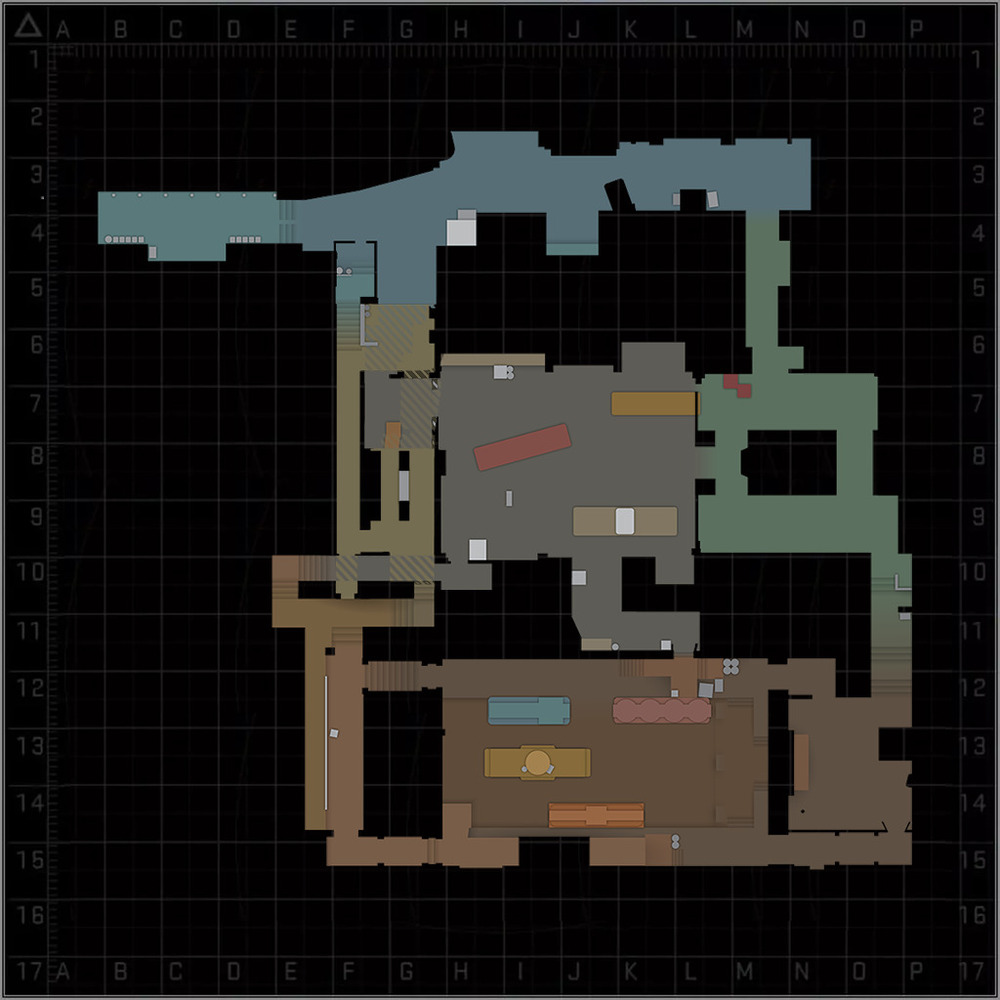
The updated Train in CS2 introduces drastic reworks on both A and B Sites, along with significant corridor and vantage point shifts. Nuclear cargo containers, futuristic energy setups, and altered train carriages present new cover possibilities and lines of sight. The revised layout adds to the challenge, as players must adapt to unfamiliar spaces and angles.
Some hallmark changes in CS2 Train include:
- Pop-Dog Ladder Removal: The Pop-Dog area is replaced with an extended corridor known as Underpass.
- Heaven Removal: A vantage point above A is replaced with Old Heaven at ground level.
- Wider Corridors: A Doors, A1, and other routes around the map have gained or lost width, altering the dynamic for firefights.
- Train Adjustments: On both A and B sites, trains have been shifted, replaced, or renamed to match the new setup.
CS2 Train A Site Callouts
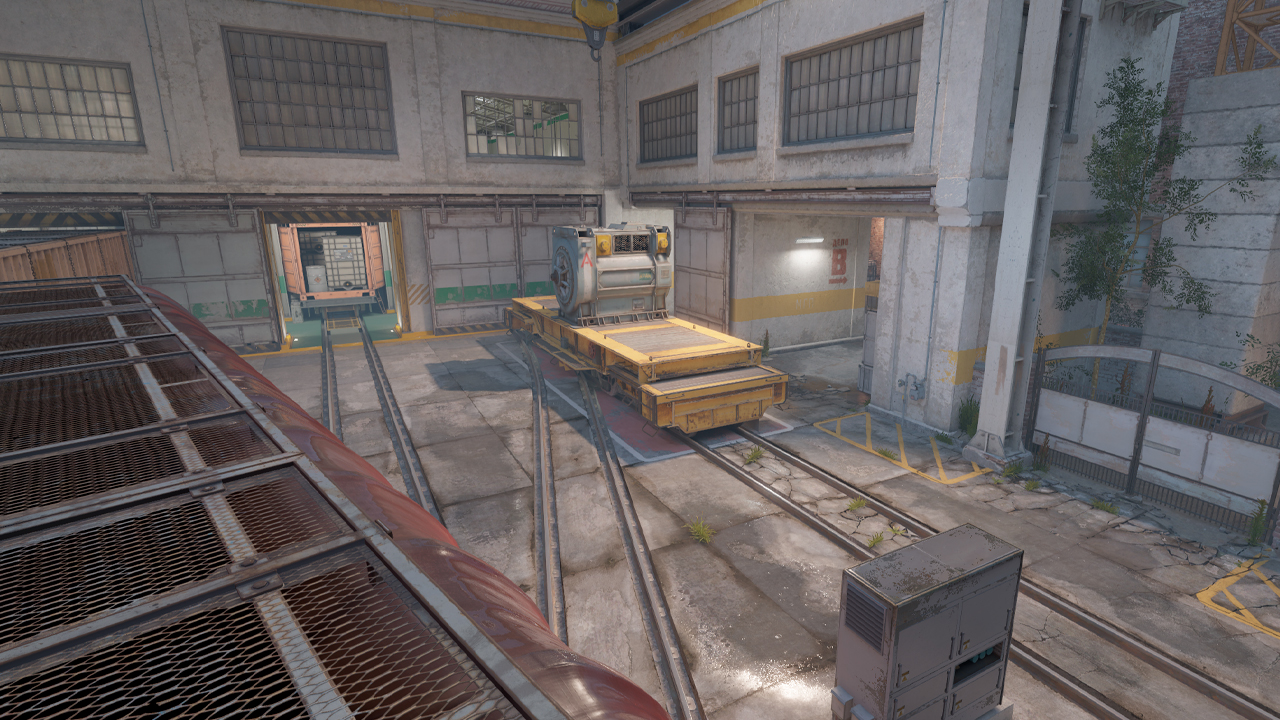
- A Main: Often the main route for Terrorists to enter the A Site. A Main lines up near the CT entrances, making it a focal point for quick engagements.
- Olof: Named after legendary player olofmeister, Olof is a slightly raised box near the wall at A. Although it might appear innocuous, it’s a strong position for peek-and-shoot tactics.
- Electrical (E-Box): Near the center of A, Electrical features a box that can offer cover and vantage angles. In pressure situations, it serves as a pivot for players to fall back to, or push around to control the midsection of the site.
- Hell: Close to Yellow, Hell is a compact area providing angles onto both A2 and the main site. Because it is partially enclosed, Hell is excellent for last-second defenses or fast hits if coordinated with a smoke in other key angles.
- Yellow: As one of the signature trains on the site, Yellow acts as partial cover and vantage.
- A Red: Another defining train in the center. A Red is a multi-purpose vantage used for partial cover. Skilled players often use it for advanced peeks or to pivot around, catching opponents off-guard.
- A Site: The literal bomb-plant area. In CS2 Train, this portion is more open than in previous iterations, providing both T-sides and CT-sides with sweeping lines of sight..
- A1: In past versions, the corridor was sometimes split into multiple sections. Now, it functions as one large corridor connecting A Site to CT Tunnel and CT Spawn.
- A2: This corridor effectively merges old references from CS:GO. We can expect heavy action here, as controlling A2 denies the enemy quick flanks and provides the option to push or rotate to Ivy or CT Tunnel.
- A Doors: These wide entrances open directly onto the A Site for the Counter-Terrorists. For T-side squads executing on A, we strongly recommend smoking or flashing the A Doors area to prevent swift CT rotation.
CS2 Train B Site Callouts
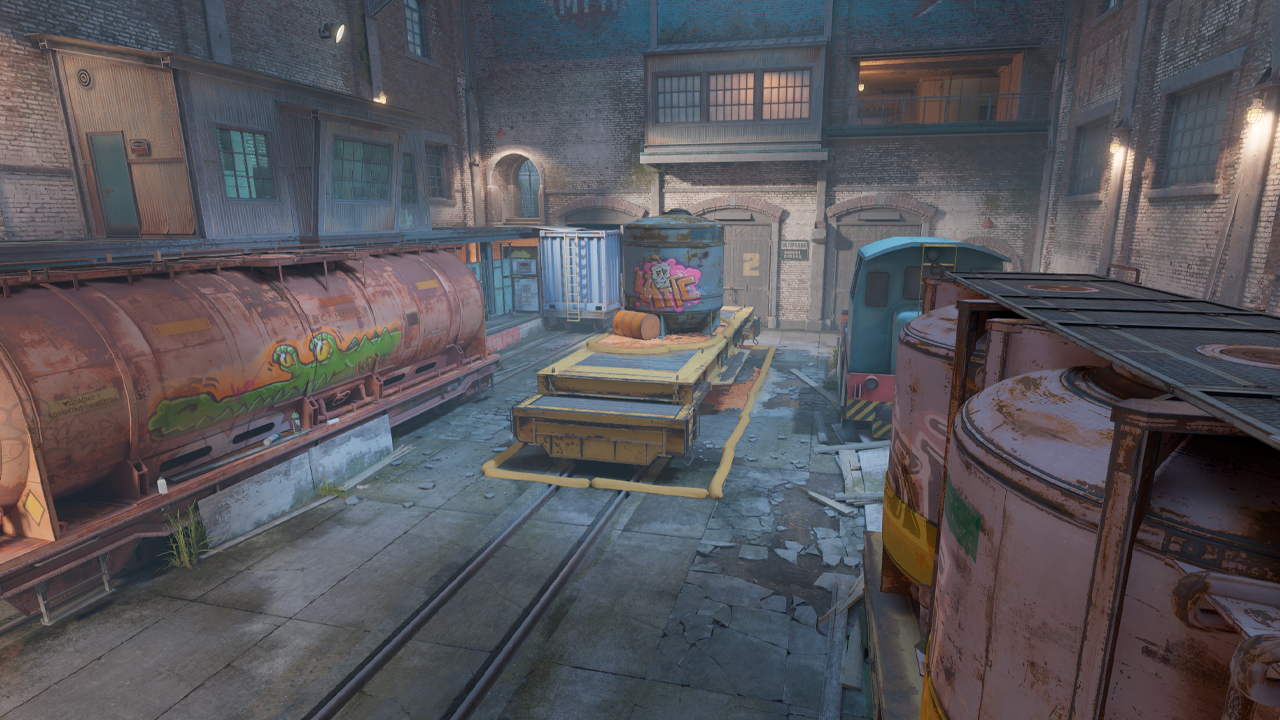
- B Halls: A direct corridor from T-side leading to Upper B and B Ramp. Since it’s a common staging area for T-side hits, defenders often contest here with grenades or by taking an aggressive stance early.
- Upper B: Perched above the B Site, Upper B gives an invaluable vantage point over almost the entire bomb-train area.
- B Ramp: The primary ground-level entry to B Site for Terrorists. Typically, at least one defender overlooks this corridor from various angles.
- B Ladder: A short ladder near B Halls, connecting to Upper B. Because it is a vertical route, controlling it can provide an alternate path for last-minute flanks or escapes.
- Orange: On the B Site, Orange is the fourth train, bridging movement between Catwalk and Upper B. Leaping onto Orange allows creative repositions or even vantage points over unsuspecting attackers.
- B-Site: The plant train on B-Site.
- Blue & B Red: Blue and B Red are crucial trains on the B Site, often used for partial cover. B Red stands in a spot that blocks direct sightlines from Connector and CT Spawn, effectively serving as a pivot for defending squads.
- Headshot: In CS:GO, this elevated corner forced enemies to see only a player’s head, but in CS2, there’s slightly altered geometry.
- Catwalk: Path after Headshot, leading to the train in the old B Long.
- Back Site: A newly enlarged open area at the rear portion of B. This zone can be a double-edged sword: while it facilitates faster rotations and flanking, it also leaves defenders more open to attacks if not covered by smokes or flashes.
CS2 Train Mid, Ivy, and Rotations
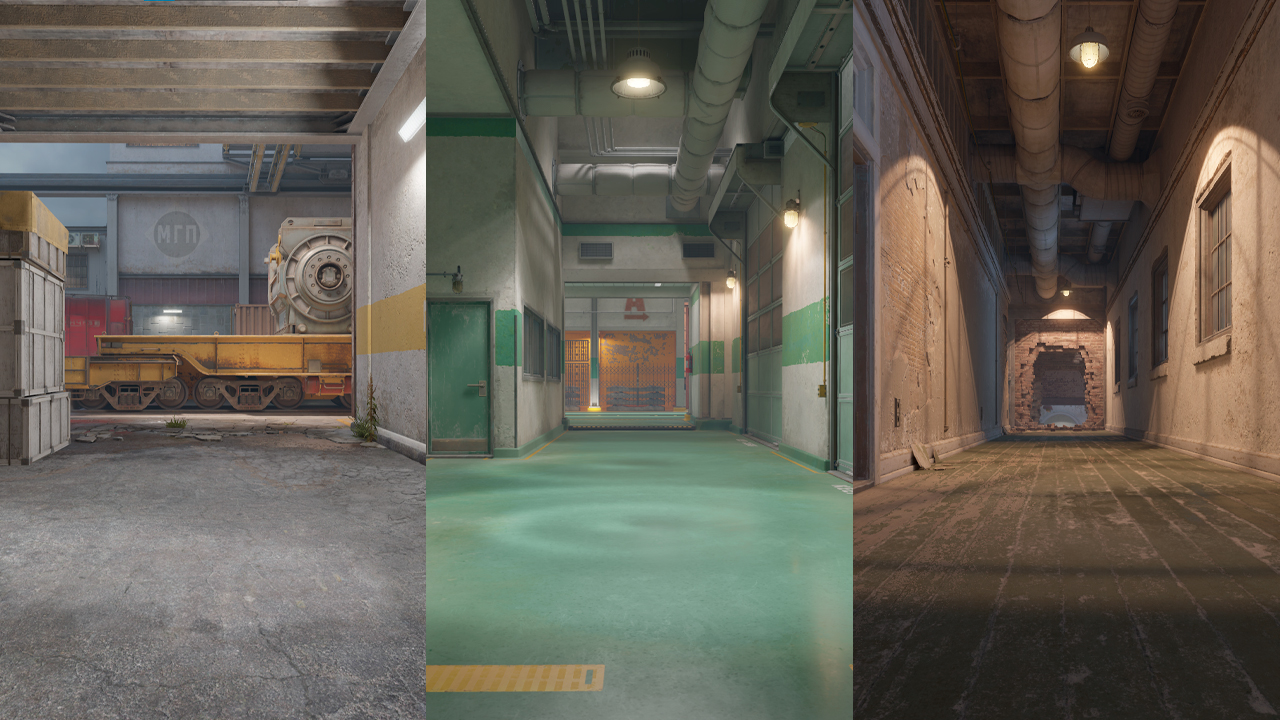
- T Spawn: Where Terrorists start each round. On CS2 Train, it’s slightly offset to the map’s northwestern corner.
- CT Spawn: Where Counter-Terrorists begin. From here, rotating to either site is relatively quick, a factor that cements Train as a traditionally CT-favored map.
- T Stairs: Leading from T Spawn down toward places like Kitchen, Showers, Underpass, or B Halls, these stairs are a major route for rotating.
- CT Stairs: Connects CT-Spawn with A1, allowing CTs to get to A-Site quickly.
- Kitchen: Upstairs from T Stairs, it provides a vantage to observe rushing enemies. Although less significant than before, it remains a strategic location for throwing grenades or covering T Stairs in a pinch.
- Showers: Previously part of the path to Pop-Dog in CS:GO. Its importance has decreased, but defenders or attackers can still use Showers to launch grenades onto A Site or prepare surprise flanks.
- Underpass: A brand-new corridor replacing the infamous Pop-Dog ladder. Underpass unites Showers with Electrical near the A Site side.
- Connector: Connecting both Sites, Connector is arguably the most contested corridor in the entire map. Mastery of Connector rotations allows CTs to fluidly switch from B to A, or T-sides to attempt cunning site splits.
- Old Heaven: A small hideout behind A-Site.
- Ivy: A hallmark of Train’s layout, Ivy is the corridor linking A2 with Pigeon or Alley, depending on the path. With the rework, Ivy has seen moderate expansions and contractions, making new corner angles crucial.
- Pigeon: Named for its pigeon-like shape in older versions, Pigeon is an area that T players often occupy before pushing deeper toward Ivy. Because it’s a choke point, well-timed grenades from the CT side can offset momentum.
- Alley: The path connecting T Spawn with Pigeon. Although it might look like a transitional zone, early aggression here can net pivotal map control.
- Dumpster: Right outside T Spawn, commonly used for saving weapons or setting up grenades onto A. This spot also provides partial cover.
- CT Tunnel: Built into the back of A1 and A2, CT Tunnel offers a discreet path for defenders rotating from spawn.
Dominating CS2 Train with Callouts
The CS2 Train has brought a renewed sense of challenge and excitement to an age-old map. With this rework in CS2, old habits need to be adjusted. Several classic callouts remain the same, but new locations like Underpass will require players to adapt. Knowing and using the correct callouts will enhance your team’s coordination, making your gameplay more effective. Focusing on timely rotations, well-placed utilities, and precise communication will grant you the ability to secure every round and achieve consistent success on Train in 2025. Stay ahead of the competition by mastering these CS2 Train callouts, and keep practicing for the best results!





























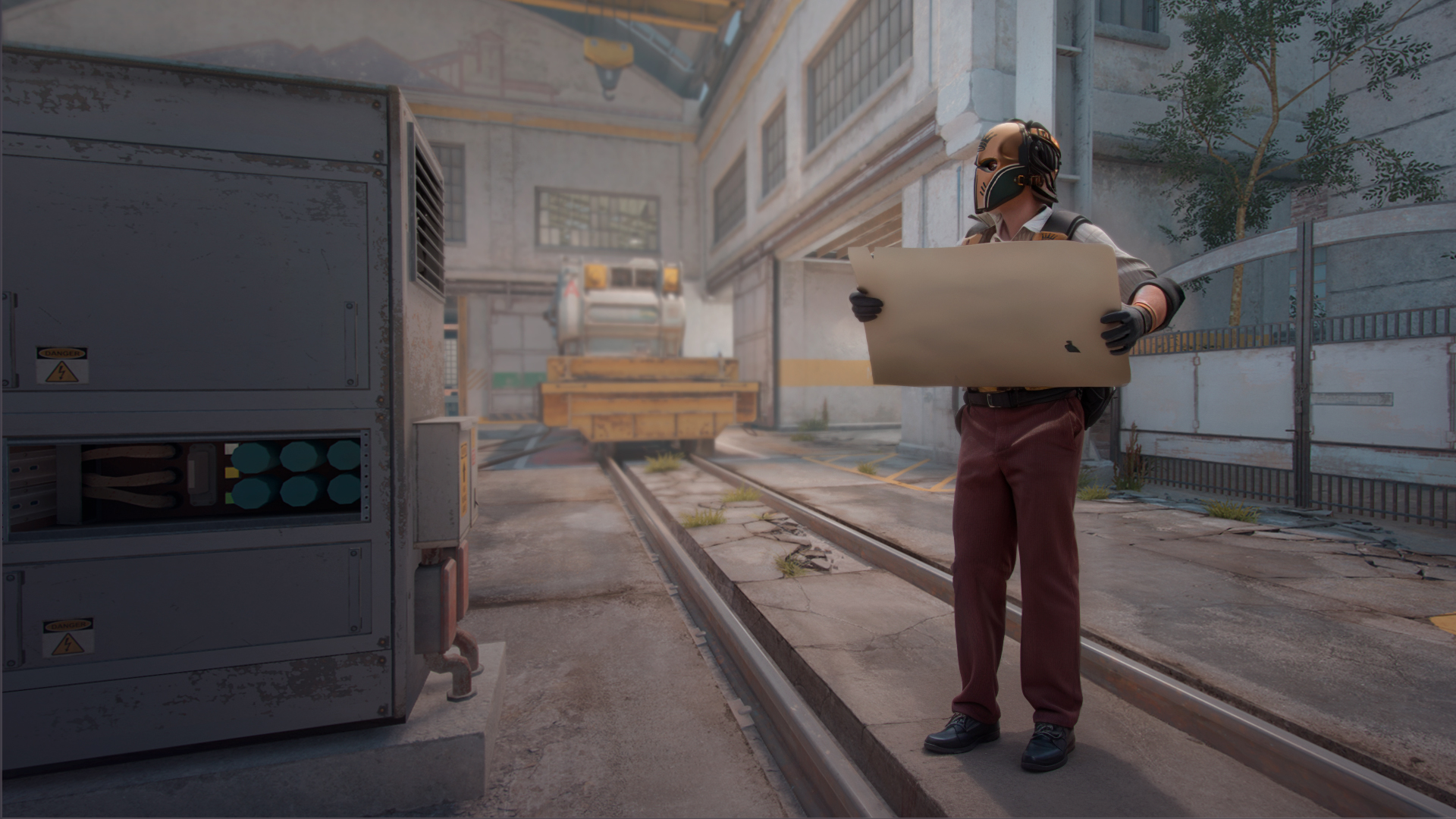



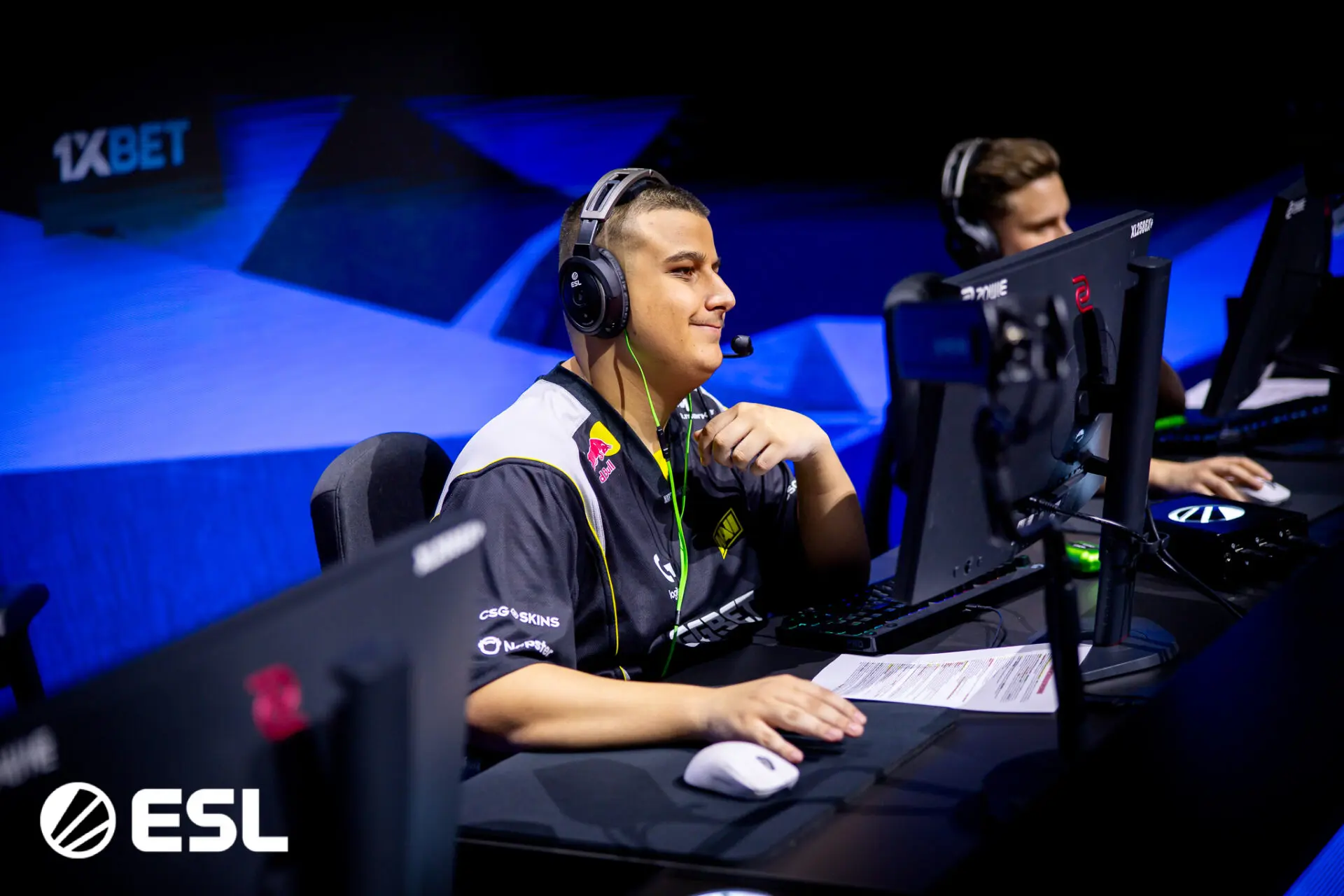

![kyousuke CS2 Settings: Full Guide [2025]](https://skin.club/community/wp-content/uploads/2025/08/Main-x-Name.jpg.webp)
